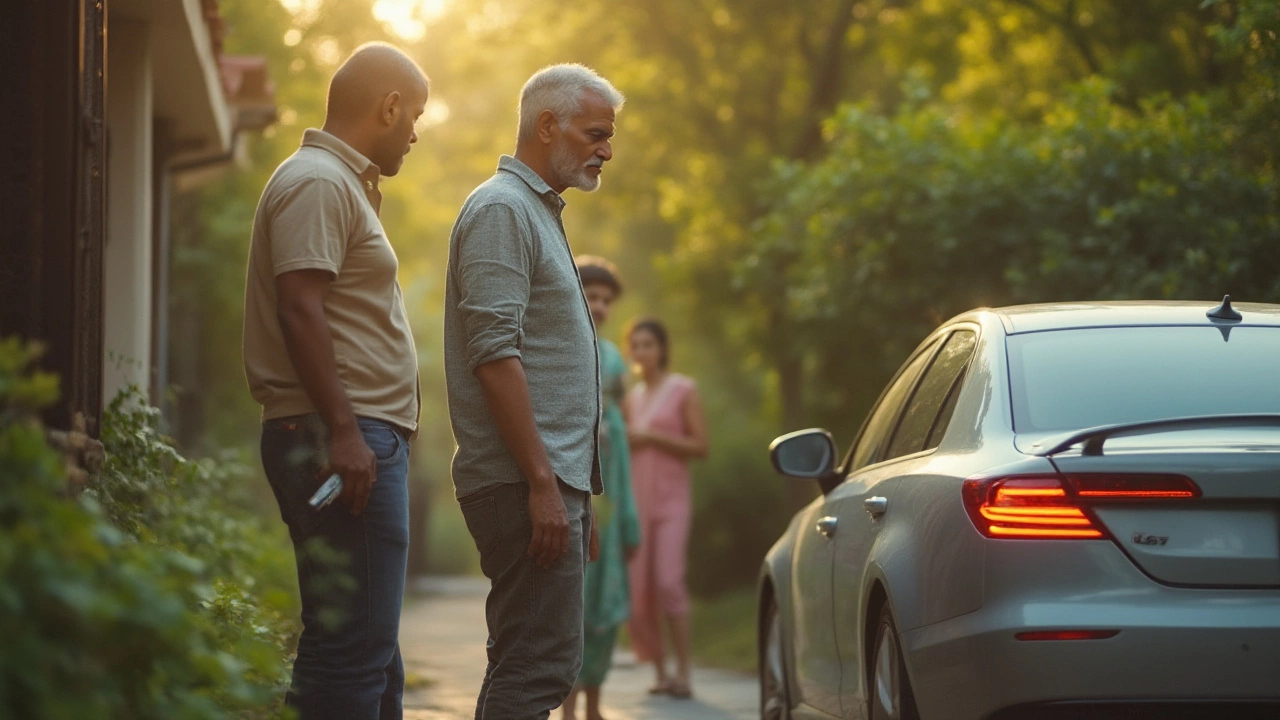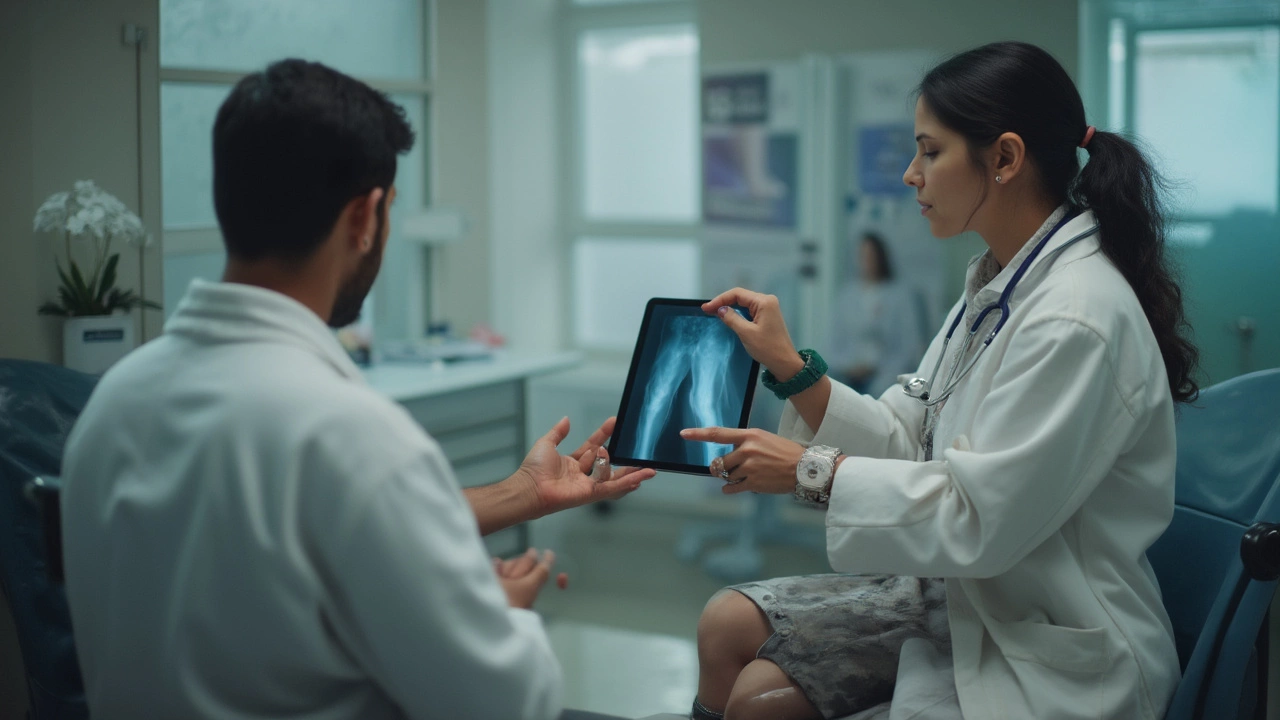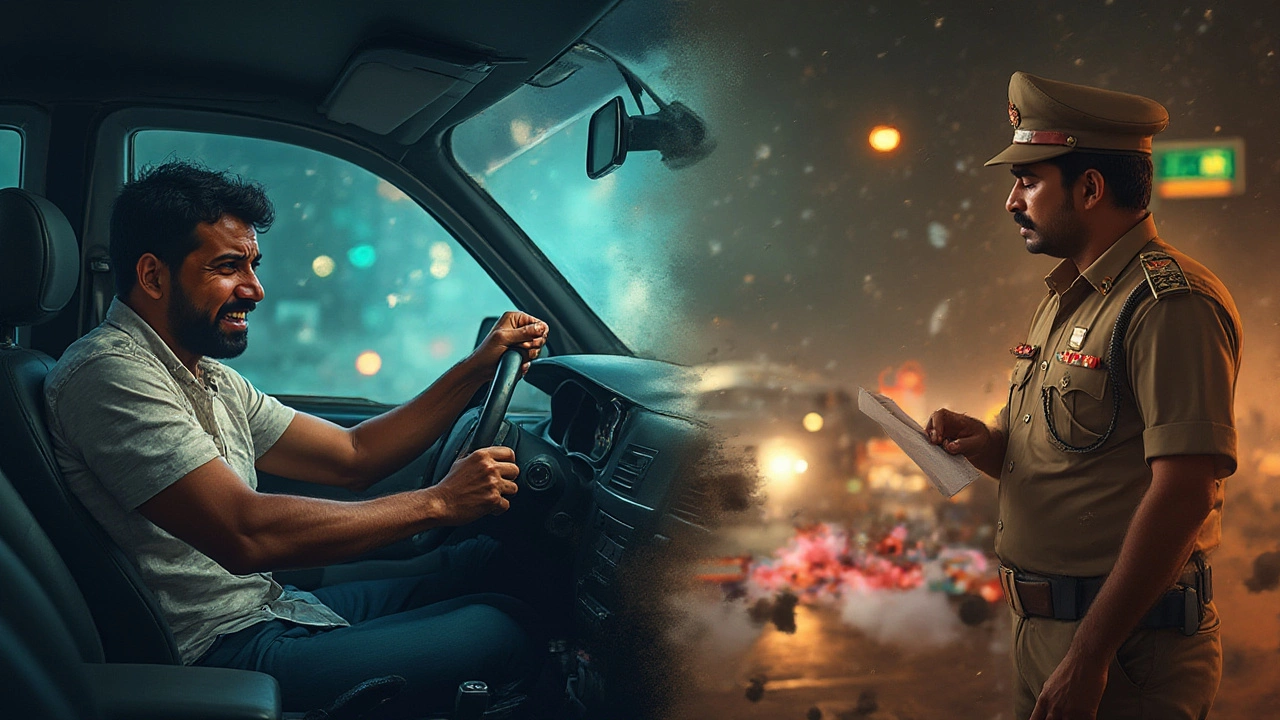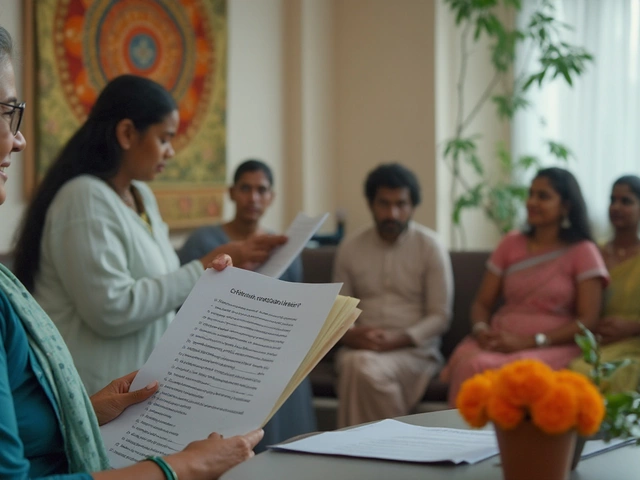
Two weeks is about the time most people finally get sick of their couch and start to think: “Maybe, just maybe, I can drive again after my knee surgery.” You eye your car keys, consider the risk, and wonder if you’re being reckless or responsible. If you’ve had knee surgery and you’re itching to get back behind the wheel, you’re not alone. It’s a pretty common question—one I had myself last year, after an unfortunate trampoline incident left my knee feeling like cheap origami. The truth? The answer isn’t as simple as a calendar date or a doctor’s quick nod. Driving after knee surgery is tangled up with healing rates, surgery type, medications, and what the law expects from you. Let’s peel back the bandages on what really matters before you get back in the driver’s seat.
The Medical Take: What’s Happening Inside Your Knee
Think about what your knee’s been through. Surgery, even minimally invasive arthroscopy, leaves the joint swollen, sore, and less responsive. After those first couple of days, you might hobble to the fridge and feel like a hero, but tapping the brake or slamming the gas in an emergency? That’s a whole different game. Studies from orthopedic journals show reaction time in the operated leg can be slower for at least four to six weeks after surgery—sometimes longer if your procedure was more involved, like a full replacement. The type of surgery matters. A meniscus repair? You might get some mobility back in two to three weeks, but with a total knee replacement, the common advice is no driving for up to six weeks.
There’s also the issue of regaining muscle strength and coordination—both crucial for safe driving. Your knee’s range of motion might be improving, but stiffness, swelling, and pain are still in the way. If your doctor says you need a crutch, cane, or hinged brace, you shouldn’t be driving, period. Here’s a fun fact for the data lovers: in a study led by Dr. B.J. Liebenberg at the University of Alabama, patients using opioids (painkillers) after knee surgery had significantly delayed braking responses for up to three weeks. No one talks about that at discharge, do they? Pain itself (without drugs) can slow reaction times by up to 30%. So, even if you think you “feel good enough,” your knee’s still working on a different timeline.
Motion is just one side of the coin. Strength, proprioception (your body’s sense of position), and swelling are hidden culprits that mess with your brain’s ability to react quickly. That’s why the American Academy of Orthopaedic Surgeons suggests you should only drive if your operated leg has full strength and range of motion, especially for right knee surgeries—since your right foot does all the pedal work.
Risks and Legal Considerations: What Happens if You Jump the Gun
Now, let’s talk about consequences. Getting caught driving too soon after knee surgery isn’t just a matter of risking your own knee—it can have legal and insurance fallout, and nobody needs that hassle. Suppose you get into a fender-bender or, worse, an accident where reaction time is scrutinized. Let’s say the other driver’s lawyer learns you’d had surgery two weeks ago. That’s an open invitation for an insurance company to challenge your claim or, in the worst case, deny coverage entirely.
In many countries, including the US, Canada, and the UK, the law is pretty clear: you need to be able to make an emergency stop quickly and safely. If you can’t do that—because your knee is unreliable or you’re on strong pain meds—you’re liable, no matter what your doctor said about “light driving.” Your insurance policy probably includes fine print about fitness to drive too. Missing that can get you in hot water. Maybe you think, “Well, who’s going to know?” Trust me, after any crash, the first thing investigators check is your recent medical history and prescriptions. Also, check out this stat: The National Highway Traffic Safety Administration (NHTSA) reports that impaired reaction times contribute to 17% of traffic accidents linked to medical conditions every year. That’s more than just bad luck.
Being responsible with the timing isn’t just for your own safety. If you shuttle around kids, elderly parents, or even Shadow—my German Shepherd, who hates being left behind—the risk becomes a lot more real. The bottom line: driving before you can meet all the physical, legal, and insurance demands is playing dice with your recovery and your wallet.

Signs You’re Ready (and When You’re Definitely Not)
The general marker doctors use is this: can you do an emergency stop without pain or hesitation? You should be off all strong pain meds, free of any mobility aids, and able to press down quickly and firmly on both gas and brake pedals. But let’s make that more concrete. Try this at home (while parked, please): see if you can slam the brake pedal with your operated leg repeatedly, matching the speed and force of your other leg. No cheat moves.
You’re ready to drive after knee surgery when:
- Your surgeon or physio gives the green light (not just a vague “You should be fine soon”).
- You have full range of motion in the operated knee, close to your non-operated side.
- You’re not taking prescription painkillers—opioids, in particular—during the day.
- You can get in and out of your car without wincing or asking someone for help.
- Your reaction time (both mentally and physically) feels sharp—no brain fog or hesitation between mind and foot.
Watch out for these red flags—it means driving is still off-limits:
- You need a brace or crutches/cane to walk.
- You feel a sharp twinge or weakness when quickly moving your foot from gas to brake.
- You’re still icing your knee several times a day or dealing with swelling that limits movement.
- Your car setup (seat height, pedal reach) forces your knee to bend uncomfortably.
- You catch yourself hesitating or fearing a sudden stop (gut feeling matters here).
Pro tip: if your job depends on driving, ask your healthcare provider for a written clearance. Some companies (like delivery or ride-share gigs) will flat-out ban you from work until that paperwork says you’re good to go.
Recovery Timelines: What to Expect with Different Knee Surgeries
Not all knee surgeries are created equal. Recovery times vary widely depending on what got fixed. Here’s a breakdown with typical timeframes and what you can realistically expect:
| Surgery Type | When Most Can Drive (If Right Leg) | Special Notes |
|---|---|---|
| Meniscus Repair | 2-3 weeks | Shorter if no heavy meds, must have full motion |
| Simple Arthroscopy | 1-2 weeks | No aids, minimal pain, rare swelling |
| ACL Reconstruction | 4-6 weeks | Must be off crutches and brace |
| Total Knee Replacement | 4-8 weeks | Wait for good range, strength, and approval |
| Patellar Realignment | 6+ weeks | Slowest healing, often longer |
These numbers are averages. If you drive an automatic and your left knee was operated on, you could be back sooner, since your right leg does most of the work. But don’t rush. Surgeon Dr. Holly Johnson from the Hospital for Special Surgery in New York points out that even minimal swelling can cramp up your ability to respond, especially in city traffic where braking is constant.
Another curveball: if you had surgery on both knees at once, double whatever recovery time is suggested—your return to driving will look more like two months, not weeks.
The biggest mistake people make? Ignoring physical therapy. The faster you commit to your rehab exercises, the sooner you’ll regain strength and confidence. Work closely with your physiotherapist and tell them your exact car model. Some therapists will simulate pedal presses as part of your sessions, which is way more effective than guessing at home with your slippers on.

Useful Tips for Getting Back On The Road Safely
Your first drive shouldn’t be a cross-country marathon or involve hauling a suitcase into the trunk. That’s a recipe for setbacks. Start with short, familiar routes, ideally during low-traffic hours—no need to white-knuckle your way through rush hour when testing your new knee. Adjust your car seat so your knee stays at a comfortable (not stiff) angle and can reach pedals without strain.
- Slide the seat further back than you usually would and recline the backrest slightly—this takes the pressure off your knee joint while allowing a solid view of the road.
- Try this tip from my own recovery: keep a cold pack and small pillow handy in the car (but don’t ice-and-drive). Use them before or after your trip to manage swelling.
- Take breaks if you’ll be in the car more than 30 minutes—yes, even for that friend’s birthday across town. Park, get out, stretch, and shake your legs out. It keeps your blood flowing and avoids post-op stiffness.
- Double-check your car’s floor mats and pedal area are clear. Sounds silly, but loose mats can tangle up sore knees (almost happened to me with Shadow jumping in from the backseat).
- Keep your phone hands-free, set up navigation before you leave, and avoid any distractions. The goal is pure focus—the fewer sudden moves you make, the less likely your knee gets stressed.
- Be honest about how you’re feeling day-to-day. If you wake up with a stiff or aching knee, skip the trip until you’re back to baseline. There’s no heroism in risking a crash for a coffee run.
- Let a friend or family member ride shotgun your first few trips—they can take over if your knee acts up or you get unexpectedly fatigued.
One thing I learned the hard way: listen to your body, not just your brain itching for independence. The first few drives might leave your knee more tired than you expect, but as long as you go slow and don’t push things, you’ll be back to full freedom soon enough. Healing well is way more satisfying than having to start over from a silly mistake.





Rohan Talvani
I am a manufacturing expert with over 15 years of experience in streamlining production processes and enhancing operational efficiency. My work often takes me into the technical nitty-gritty of production, but I have a keen interest in writing about medicine in India—an intersection of tradition and modern practices that captivates me. I strive to incorporate innovative approaches in everything I do, whether in my professional role or as an author. My passion for writing about health topics stems from a strong belief in knowledge sharing and its potential to bring about positive changes.
view all postsWrite a comment